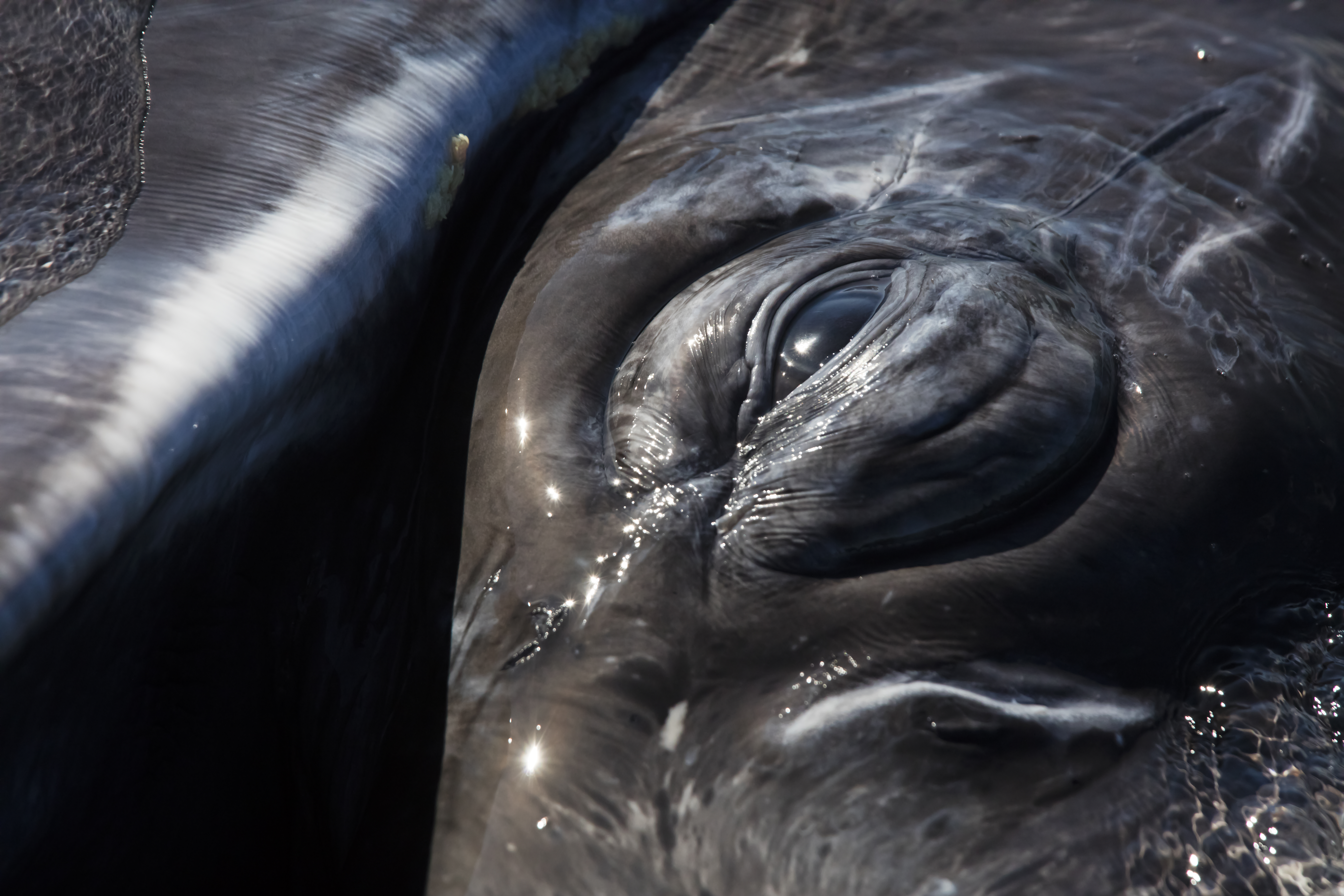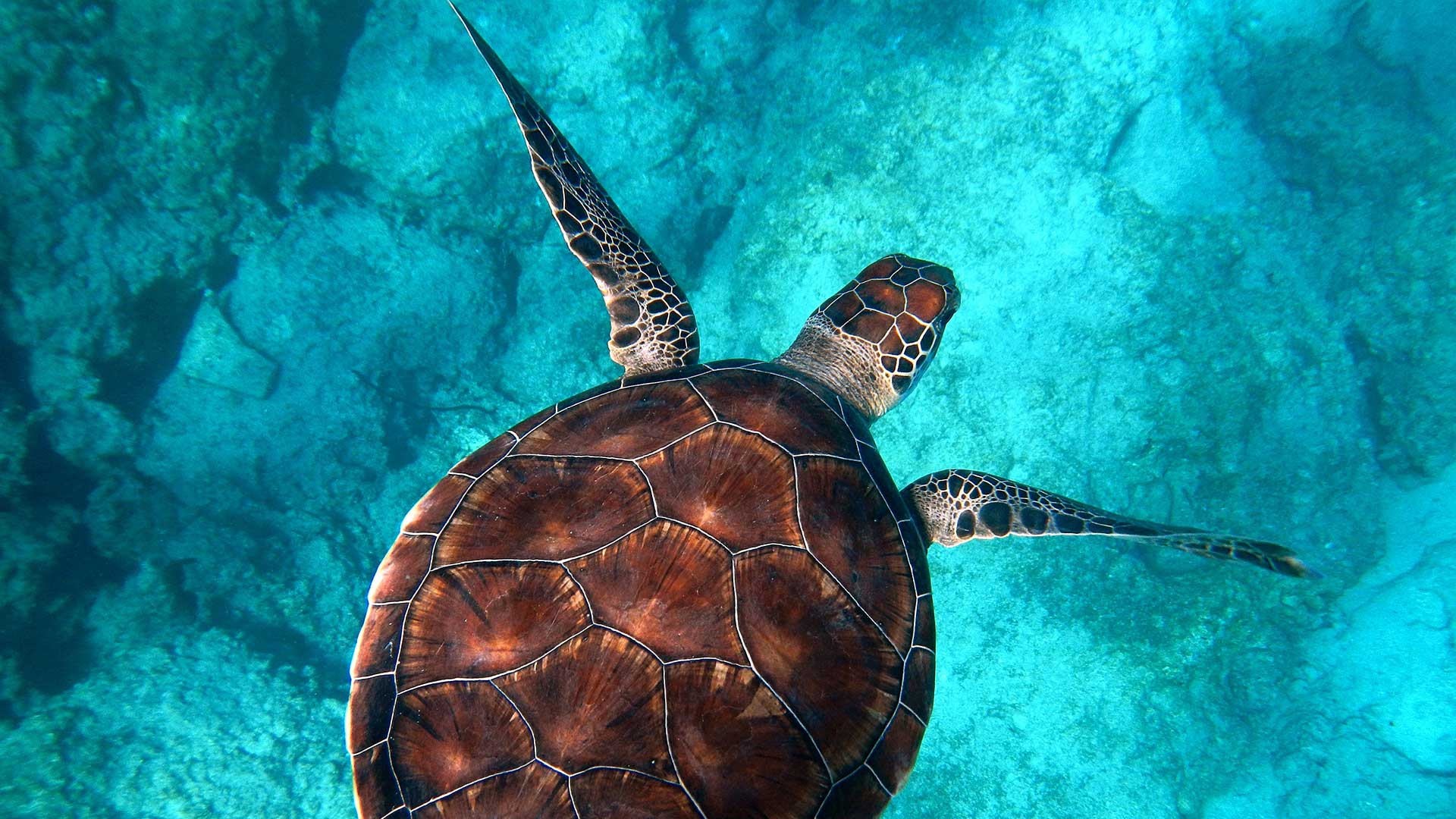The Whales are Back in Baja
January 9, 2018
It is a magical time of year when the gray whales arrive in Baja.

Every year, gray whales set off on one of the longest migrations made by any mammal from their feeding grounds in the Bering and Chukchi Seas to their birthing grounds in Mexico. They come to Baja to spend about three months (February to April) enjoying the warm water lagoons along the peninsula’s coast to mate, give birth and raise their young. In the early 20th century, the gray whale population was hunted to near extinction in the very waters they visit yearly.
Thanks to ramped up protection efforts in Canada, the United States and México, the gray whale population has rebounded and is now over 25,000 strong.
There are only three lagoons in the world where gray whales give birth to their babies – Guerrero Negro, Ojo de Liebre and Laguna San Ignacio – and all three are in Baja!
The lagoons are protected from the strong waves and currents of the Pacific Ocean and are shallow – creating a perfect setting. Mothers can nurse their newly born calves, and the shallow water lagoons allow them to easily supervise while their calves learn to swim, surface for air, dive under and hunt for food, and practice interacting with other whales. Another advantage, the only predator of the gray whale, the orca, will not enter the lagoons’ shallow waters.
 Each winter, visitors come to watch the whales in Baja, which is an experience much different than other places in the world. Whale watching in Baja is done in pangas (22 foot boats), which are open and accommodate up to ten people.
Each winter, visitors come to watch the whales in Baja, which is an experience much different than other places in the world. Whale watching in Baja is done in pangas (22 foot boats), which are open and accommodate up to ten people.
Small groups of boats head out into the bays, extinguish the motor and then wait. Minutes later you can see water and air shooting up from the middle of the bay from the whales blow holes.

Amazingly, the whales of Baja are extremely friendly, and often seek out the pangas full of tourists to greet them. The feeling you get from looking eye to eye with these friendly giants cannot be put into words – it is something you’ll remember for the rest of your life.

To help protect the whales of Baja, WILDCOAST has conserved, through conservation concessions, 483.6 miles of coastline surrounding the lagoons they rely on annually to reproduce and raise their young. Additionally, back in 2000 we helped defeat one of the world’s largest salt extraction facilities from destroying Laguna San Ignacio, and we are currently updating the management plan for the 6.3 million acre Vizcaino Biosphere Reserve which is home to all three whale breeding lagoons – San Ignacio, Ojo de Liebre and Guerrero Negro.

